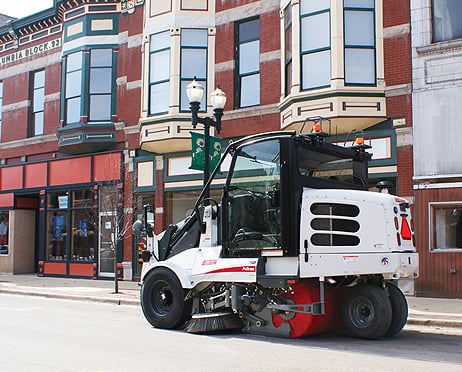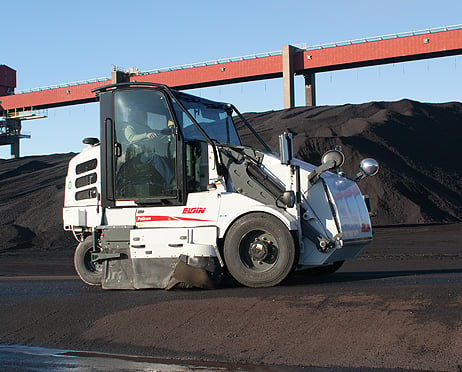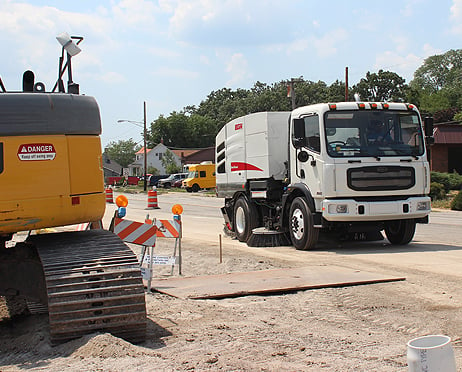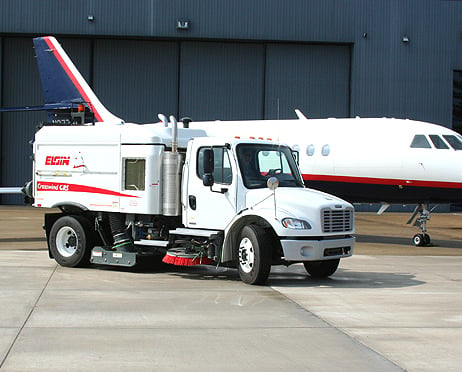Sweeping Applications
Elgin equipment utilizes all variations of today's sweeping technology — mechanical, pure vacuum sweepers, regenerative air, alternative fuel, waterless dust control — and now a single-engine technology — to offer customers the sweeper that matches their needs. From general street maintenance to special industrial and airport applications. Elgin puts it's customers in the sweeper that best meets their needs.
Need Help With Sweeping Applications? Ask an Expert!
Sweeping Applications
Elgin equipment utilizes all variations of today's sweeping technology — mechanical, pure vacuum sweepers, regenerative air, alternative fuel, waterless dust control — and now a single-engine technology — to offer customers the sweeper that matches their needs. From general street maintenance to special industrial and airport applications. Elgin puts it's customers in the sweeper that best meets their needs.








